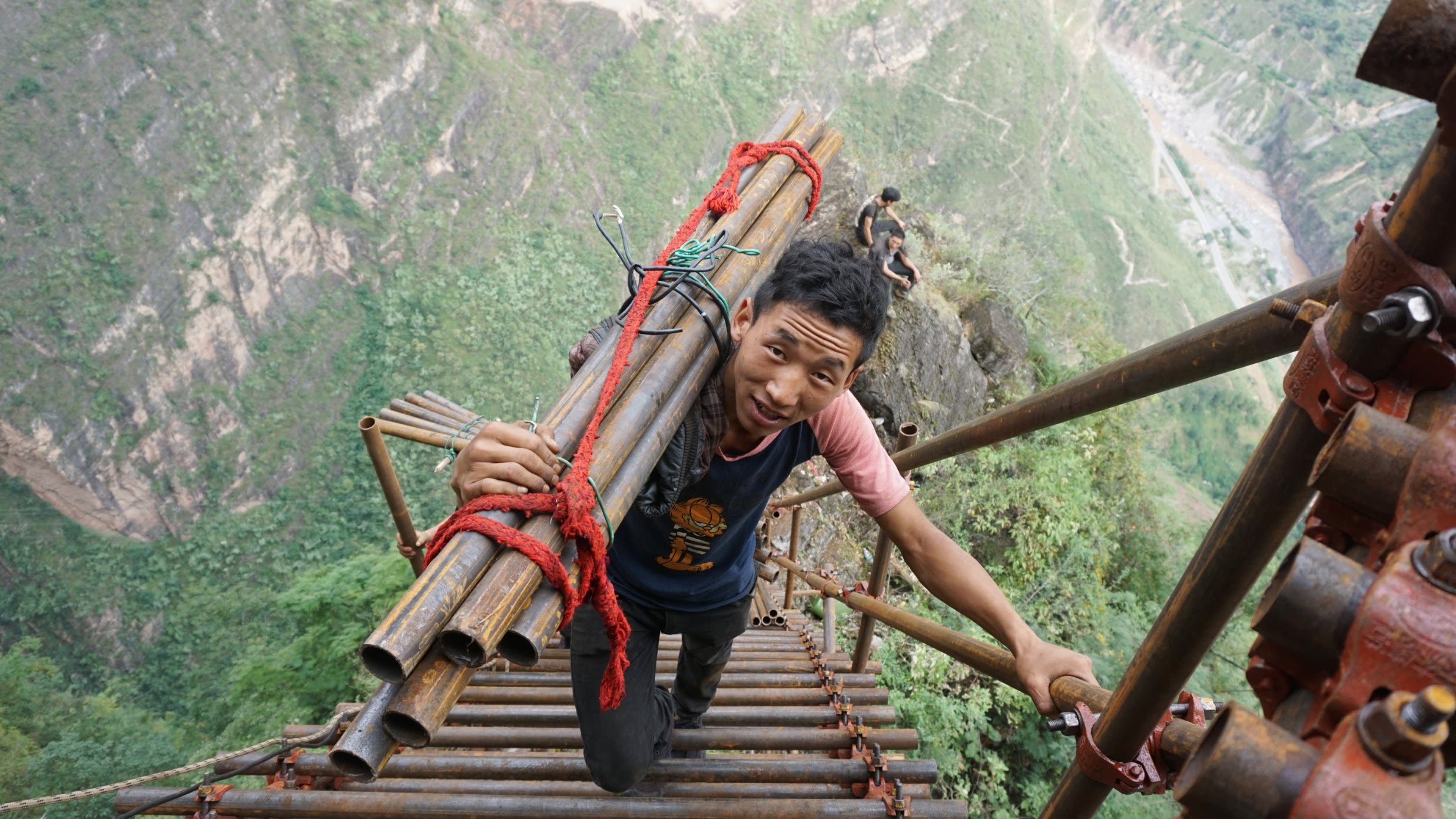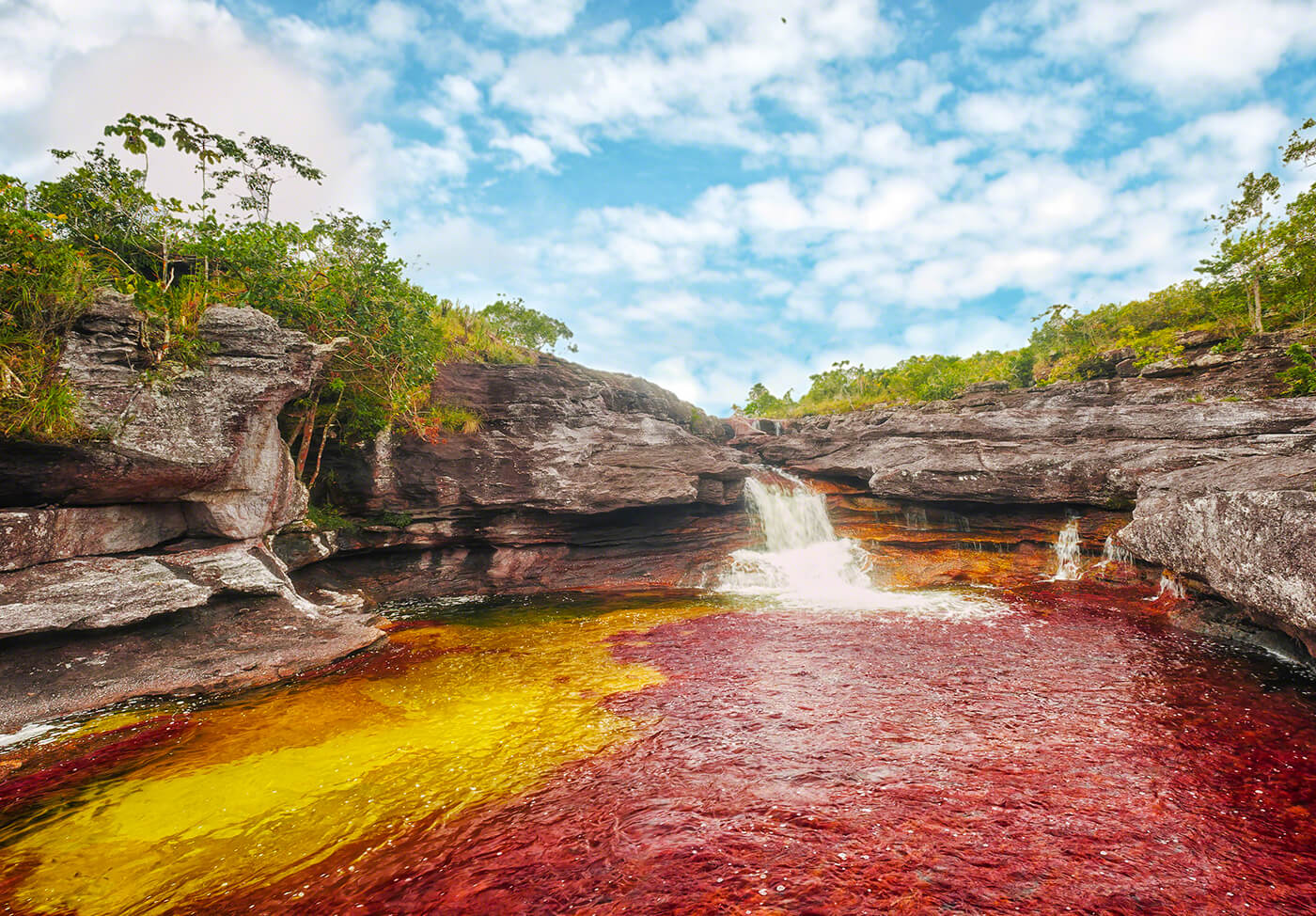Now Reading: The Living Cliff Homes of Remote China
-
01
The Living Cliff Homes of Remote China
The Living Cliff Homes of Remote China

High in the rugged mountains of a remote Chinese province, entire communities have made their homes on steep cliffs, carving out a life that seems almost impossible at first glance. These cliff dwellings, built into vertical rock faces, are a striking example of human resilience and adaptation to nature. For generations, families have lived here, balancing tradition, survival, and a deep connection to the land.
The homes are often constructed from local stone and wood, blending into the cliffs as if they were part of the landscape itself. Access can be challenging, with ladders, narrow paths, or even handmade steps cut into the rock. Despite these difficulties, residents have created thriving villages, where farming, herding, and close-knit community life continue in a setting that would intimidate most outsiders.
What makes these cliff homes remarkable is not just their architecture but the way they embody survival in harmony with nature. Instead of reshaping the land, people shaped their lives around it. Similar to India’s hill settlements in Himachal or the living root bridges in Meghalaya, these homes showcase how communities across the world adapt creatively to tough terrains.
Today, as modernization reaches even the most remote places, these cliff homes are slowly changing. Some families are moving to safer, more accessible housing, while others preserve their way of life as a symbol of cultural identity.
The story of these cliff dwellings is a reminder of human determination. They stand as living museums of tradition, showing that even in the harshest landscapes, people find ways to create home, community, and continuity.

























